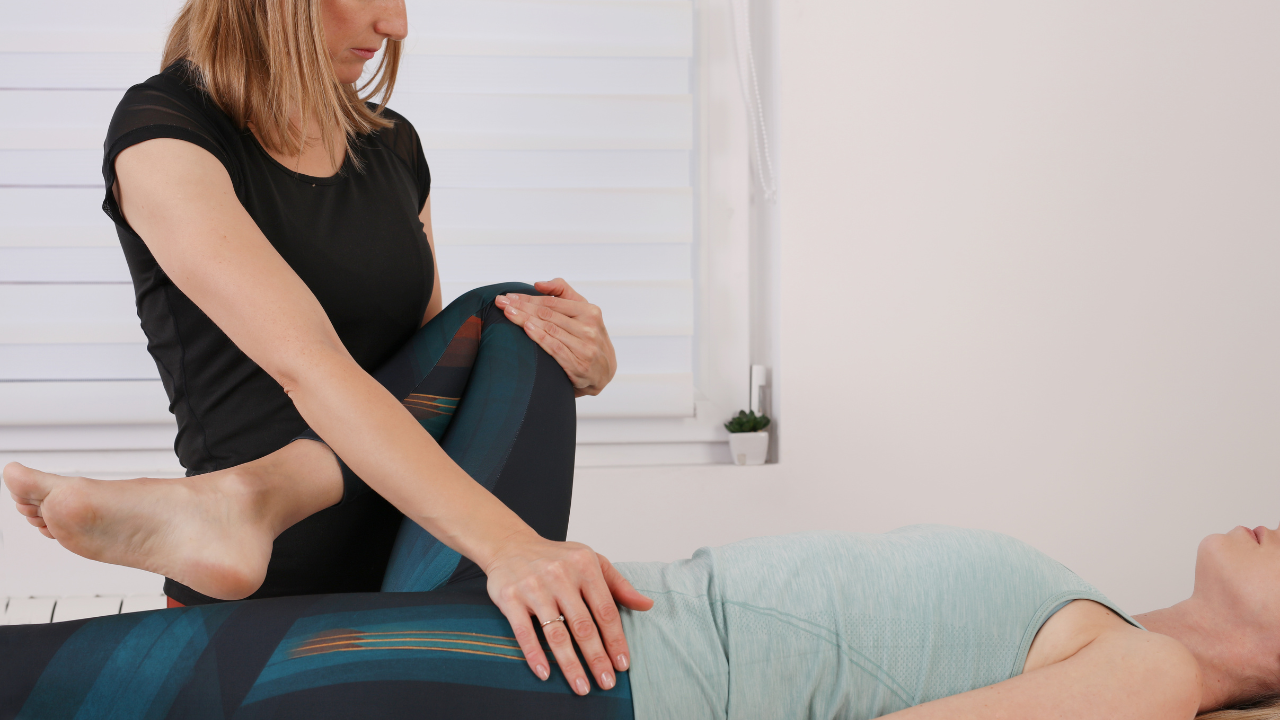
When it comes to improving mobility and strength in your hip, physical therapy can make a world of difference. It’s not just about easing pain; it’s about restoring functionality and helping you live your life with ease. Many people underestimate the importance of hip health until they experience pain or limited range of motion. This article delves into how physical therapy, particularly with expert guidance from Thrive Physical Therapy, can help you achieve a stronger, more mobile hip, improving your overall quality of life.
Understanding Hip Mobility and Strength
Before we dive into therapy, it’s important to understand why mobility and strength in the hip are so crucial. The hip joint is one of the largest and most important weight-bearing joints in the body. It’s involved in nearly every movement we make, whether walking, running, sitting, or standing. A strong and mobile hip supports balance, posture, and functional movement.
When there’s a lack of mobility, the muscles around the hip can become weak, and this can affect everything from how easily you walk to your ability to perform everyday tasks without pain. Improving both strength and mobility is key to maintaining healthy hips throughout your life, especially as you age or recover from an injury.
The Role of Physical Therapy
Physical therapy is often one of the most effective ways to improve hip mobility and strength. It’s a holistic approach that targets not just the hip joint itself but also the surrounding muscles, ligaments, and tendons. Whether you’re recovering from surgery, dealing with chronic pain, or simply want to improve your range of motion, physical therapy provides a comprehensive plan tailored to your specific needs.
Therapists at Thrive Physical Therapy are specially trained to assess your hip’s condition, identify areas of weakness or tightness, and then create a personalized therapy plan. This targeted approach can help you regain lost strength and flexibility, and ultimately, return to your daily activities pain-free.
How Physical Therapy Can Improve Hip Mobility and Strength
- Personalized Exercise Regimens
One of the cornerstones of physical therapy is exercise. But it’s not just about doing random stretches or hoping for the best; the exercises are tailored to your needs. At Thrive Physical Therapy, a thorough evaluation helps therapists understand your current mobility and strength levels. From there, they create a customized plan that may include stretches, strengthening exercises, and range-of-motion activities designed specifically for your body.
For example, if you have tight hip flexors, your therapist might guide you through gentle stretches that target this area. They could also recommend exercises that strengthen the gluteal and hip abductor muscles, which play an essential role in stabilizing the hip joint. - Manual Therapy Techniques
Manual therapy is another powerful technique used in physical therapy. It involves hands-on techniques performed by a trained therapist to manipulate the hip joint and surrounding muscles. These techniques help reduce stiffness, increase circulation, and encourage the muscles to relax. This can be especially helpful for individuals suffering from chronic hip pain or post-surgical stiffness.
By applying pressure or gentle manipulation, physical therapists at Thrive Physical Therapy can help restore the natural movement of your hip joint. This hands-on approach is often combined with exercises to maximize its effects. - Posture and Movement Retraining
Poor posture or improper movement patterns often contribute to hip pain and reduced mobility. Physical therapists do not just focus on strengthening the hip; they also examine your overall posture and how you move throughout your daily activities. If you have an abnormal gait or you tend to shift your weight unevenly, these habits can put additional strain on your hips and surrounding muscles.
Through movement retraining, physical therapists can help you identify and correct these issues. Whether it’s adjusting how you sit at your desk or teaching you the proper way to lift objects, these subtle changes can have a huge impact on hip health. - Pain Management and Prevention
Pain is often a barrier to mobility and strength, and physical therapy can help you manage and reduce pain through various methods. Manual therapy, modalities like heat or ice, and specific exercises are all techniques used to reduce inflammation, ease muscle tension, and alleviate discomfort.
What’s even more important is that physical therapy at Thrive Physical Therapy focuses on preventing pain in the future. By strengthening the muscles around the hip and improving flexibility, therapy helps prevent injuries from occurring in the first place. This proactive approach can help you stay pain-free and mobile for years to come. - Education and Self-Care Techniques
Physical therapy isn’t just about what happens during your sessions. Therapists also provide valuable education on how to care for your hip outside of therapy. This might include recommendations on the best ergonomic practices for sitting, walking, and lifting, or advice on how to incorporate hip-strengthening exercises into your daily routine.
At Thrive Physical Therapy, the goal is to empower patients with the knowledge and tools to manage their own recovery. Learning proper self-care techniques allows you to maintain your progress and prevent setbacks in the long run.
Key Benefits of Physical Therapy for Hip Health
- Pain Relief
The most immediate benefit you’ll likely experience is pain relief. With a combination of targeted exercises, manual therapy, and modalities, physical therapy can help alleviate the pain caused by tight muscles, inflammation, or poor joint mobility. This makes it easier to go about your daily tasks without being held back by discomfort. - Increased Flexibility and Range of Motion
Physical therapy is excellent for restoring lost flexibility and range of motion in the hip. Through stretching, manual therapy, and exercises, your therapist will help improve your hip’s mobility. This increased range of motion can make activities like bending, squatting, or walking much more comfortable and efficient. - Stronger Muscles and Better Stability
Strengthening the muscles around the hip joint is crucial for maintaining stability. Stronger muscles can better support the joint, reducing the risk of injury and improving overall mobility. Physical therapy focuses on strengthening key muscles such as the glutes, hip flexors, and abductors to create a more stable hip joint. - Prevention of Future Injury
Physical therapy doesn’t just fix the problem at hand—it also prepares your body for the future. By improving strength, flexibility, and movement patterns, you’ll be less likely to experience future hip issues. Physical therapy empowers you with the knowledge and tools to maintain healthy hips long-term.

Suggested Reading: Effective Hip Pain Treatments with Physical Therapy
A Personalized Path to Recovery at Thrive Physical Therapy
Every individual’s journey to improved hip mobility and strength is unique. At Thrive Physical Therapy, the team understands that what works for one person may not work for another. That’s why they offer personalized therapy plans that are specifically tailored to your needs, ensuring the most effective path to recovery.
Whether you’re dealing with an injury, recovering from surgery, or simply looking to improve your hip health, Thrive Physical Therapy provides expert care to help you get back to doing the things you love without pain or limitation. They take the time to understand your concerns and goals, guiding you through each step of the healing process with compassion and expertise.
In conclusion, improving mobility and strength in your hip through therapy is one of the most effective ways to regain control over your movement and enhance your quality of life. By focusing on personalized exercises, manual therapy, posture correction, and prevention techniques, physical therapy can provide a comprehensive approach to hip health. Whether you’re dealing with pain or want to avoid future injuries, Thrive Physical Therapy offers the expertise and personalized care to help you achieve lasting results.
For those interested in starting their journey to improved hip mobility and strength, reach out to Thrive Physical Therapy. Their expert team is ready to provide the support and guidance you need to achieve your health goals.
Visit Thrive Physical Therapy to learn more and take the first step towards healthier hips and a more active life.

